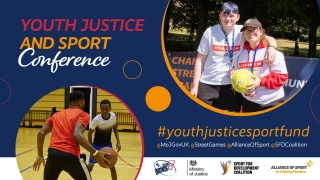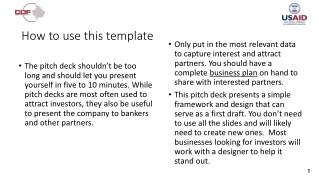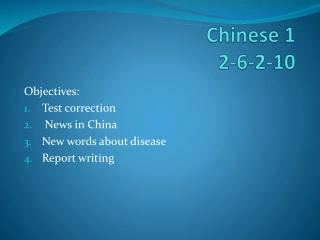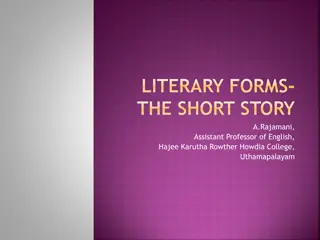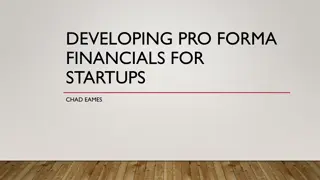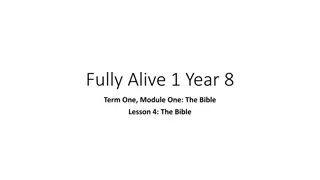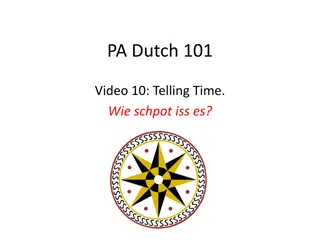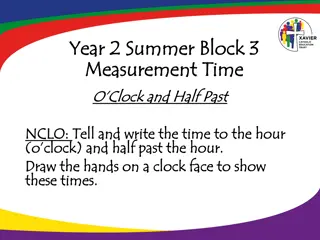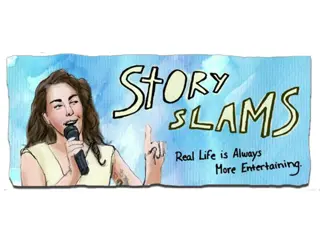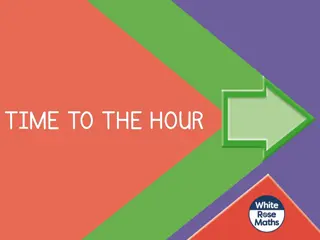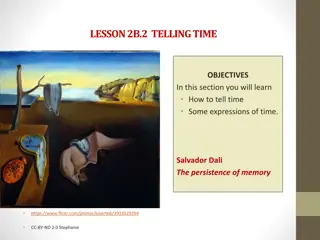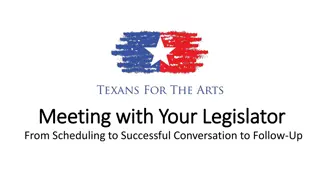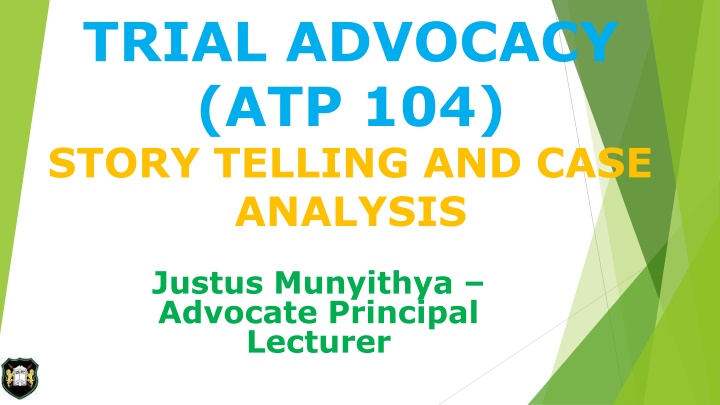
Persuasive Trial Storytelling: Strategies for Effective Advocacy
Explore the art of persuasive storytelling in trial advocacy, focusing on conveying compelling narratives, ethical considerations, case analysis, and the key elements of crafting a persuasive trial story. Learn how to structure your case theory, establish a strong case theme, and present convincing arguments to win your case.
Download Presentation

Please find below an Image/Link to download the presentation.
The content on the website is provided AS IS for your information and personal use only. It may not be sold, licensed, or shared on other websites without obtaining consent from the author. If you encounter any issues during the download, it is possible that the publisher has removed the file from their server.
You are allowed to download the files provided on this website for personal or commercial use, subject to the condition that they are used lawfully. All files are the property of their respective owners.
The content on the website is provided AS IS for your information and personal use only. It may not be sold, licensed, or shared on other websites without obtaining consent from the author.
E N D
Presentation Transcript
TRIAL ADVOCACY (ATP 104) STORY TELLING AND CASE ANALYSIS Justus Munyithya Advocate Principal Lecturer
Critical issues. The Idea of a Persuasive story The Ethics of Persuasive story telling Preparing a persuasive trial story Case theory Case theme.
The Idea of a Persuasive story A. Trials as stories Trials exist to settle factual disputes. Questions being asked: What happened? What happened first? Why did it happen? Who made it happen? Did it happen on purpose? Was it justified and fair?
CONT. T rials recounting their version of historical facts. This is the story telling. opening address, evidence is story telling. Rules of procedure and evidence provide the framework. Conclusion is directed by substantive law. The content of the story is governed by the truth. The party that tells the most persuasive story wins. seek to persuade the trier of fact by Whole process from through examination and
CONT. Characteristics of a persuasive story a) Tells of people who have reasons for the way they acted. a) Accounts for/explains known/undeniable facts. b) Is told by credible witnesses. c) Is supported by details. d) Accords with common sense. e)Is organized in a way that makes each succeeding fact increasingly more likely.
CONT. Planning a simple story Get the basic facts Reason for client s conduct What story would be unpersuasive? Is there a supportive credible witness? Organization-what should come first?
CONT. As the plaintiff s advocate you will consider ;Tort law- to recover damages you will have to tell a story proving at a minimum that the defendant was negligent thus liable. Evidence Law-the story must be built on admissible evidence. Ethics class-the story cannot be based on false or perjured testimony. Your client-when the traffic slowed down to allow a fire truck to pass, they were hit from behind by another car. How can you create a persuasive story? It must be about people who act for a reason; your client slowed down for a fire truck-which explains her actions.
CONT. As the defense advocate you will seek to answer; could it be there was no fire truck, if it was there it was not sounding its siren or alerting traffic to stop or the plaintiff did not slow down they slammed on their brakes. A skilled advocate will look for a reason for cause for the defendant s action. They will consider the following; was the defendant Drunk? In a hurry? Homicidal? Or Distracted? If drunk; did the police come at the scene? Was the defendant arrested? Did any credible, disinterested witness see the defendant drinking, or smell on his breath? Without this drunkenness does not provide a persuasive story
CONT. If homicidal; he must prove it was not an accident but a murder attempt, a plea for punitive damages. This is too implausible. If in a hurry; this accounts for the known facts. It explains why the traffic might slow while the defendant did not. Perhaps he saw the fire truck but was driving too fast to stop in time. He was pre occupied with importance of getting somewhere on time that he failed to notice the fire truck until it was too late. There is nothing implausible or unbelievable about this theory. It is in harmony with everyone s everyday observation. The details in support should not be hard to come by. For example; was he going to work in the morning? Did he have an important meeting to attend? Was he heading home after a long day? Using all this, organize your story on the principle of successive supporting detail.
CONT. Skeleton version There was a collision; but why did it happen? The defendant was driving at around 8:30 in the morning, it was the end of rush hour, he had to be at work down town, he had an important meeting at 9:00am, and the defendant s parking is 2 blocks from his office. The traffic slowed for a passing fire truck, the defendant did not notice it, failing to stop in time, and the defendant ran into the plaintiff s car. The defendant pulled out a cellular phone to call his office.
The Ethics of Persuasive story telling If you know the truth: Not free to coach witness to alter the story, but can emphasize important information and minimize the damaging information. If don t know the truth: You can get information from client within rules of confidentiality. But you must not accept it as gospel truth. Key to ethical value: Is it supported by facts?
Preparing a persuasive trial story Decide on the story you want to tell. Ensure; it is persuasive, it tells of people who have reasons for the way they acted, it accounts for/explains known/undeniable facts.it s told by credible witnesses, it is supported by details, it accords with common sense and it is organized in a way that makes each succeeding fact increasingly more likely. A trial story must have the following key ingredients; Theory, Theme and Frame
Case theory Theory of Case-Black s Law online Dictionary These are the facts that a law suit will be founded on and forms the basis of a right to sue. Theory is adaptation of your story to the Legal Issues in the case. Be expressed in a single paragraph that combines an account of the Law and of the facts in such a way as to lead trier of fact to conclude that your client should win.
Elements of a successful theory Is Logical -Founded on facts that lead in a single direction. Speaks to legal elements of the case -Shows that the law entitles to the relief sought. Is simple-Maximizes on facts, minimizes on what is hotly controverted, implausible, inadmissible, or difficult to prove. Is easy to believe-T akes from everyday experience and can even make logical force by encompassing the entire case of the opponent s side.
Cont. Have the following questions in mind when developing and expressing your theory; what happened? Why did it happen? What does that mean that my client should win? If you answer is longer than a paragraph your theory may be logical and true but probably too complicated. According to the National Institute of Trial Advocacy, a clear theory of the case; shows how the facts fit into the law so that your client wins. For example, a theory of the case for a criminal charge of assault might be: Identification that is It wasn t him. Self- defense that is, He was protecting himself. Alibi that is He wasn t there.
THEME In Black s Law Dictionary: Theme linked to Burden , which is defined as: Core idea; A heavy load; A responsibility, on us; A cause of worry; To encumber with a burden (in any of the noun senses of the word). Theme must appeal to moral force. A logical theory tells the trier of facts the reason your verdict must be entered. A moral theme shows why it should be entered. Your theme should be best expressed in a single sentence, justify morality of your theory and appeals to justice of the case. It is a rhetorical or forensic device
Cont. It has no independent legal weight but gives persuasive force to one s legal arguments. It appeals to shared values, civic virtues, and common motivations. It can be succinctly expressed and repeated at every phase of trial. According to the National Institute of Trial Advocacy; theme has to be persuasive a) for example, Nude, but not Lewd b) Some methods to develop a theme: i. Finish the statement, This is a case about to convey a theme that advances your client s cause. But do not actually use the phrase This is a case about. ii. Use a dramatic bit of testimony or statement from an exhibit. iii. Use an old saying the moral of the story
FRAME No case happens in a vacuum. A story frame provides the setting in which facts are received, the environment in which they are accepted, rejected, emphasized or discounted. Lawyers create a case theory and theme but do so within a framework that is determined by the fact finder. Every case has several potential frames, it is the attorney s job to identify and appeal to the frame most favorable to their case.
Cont. For example, a case of a suspected student in school with drugs whom the schools executes a forceful search. She then sues the school principal. A lawyer for the plaintiff frames the case as one that is primarily about good student and fair decision making. On the other hand the defense would emphasize the damage of drugs use and the perils of discipline in schools. The advocates paint very different pictures of the school environment; one the student has done right while the other the principal fears of everything that might go wrong. The court while determine whether the case is about privacy and modesty or about clear rules and discipline .Whoever controls the frame will probably win the trial.

